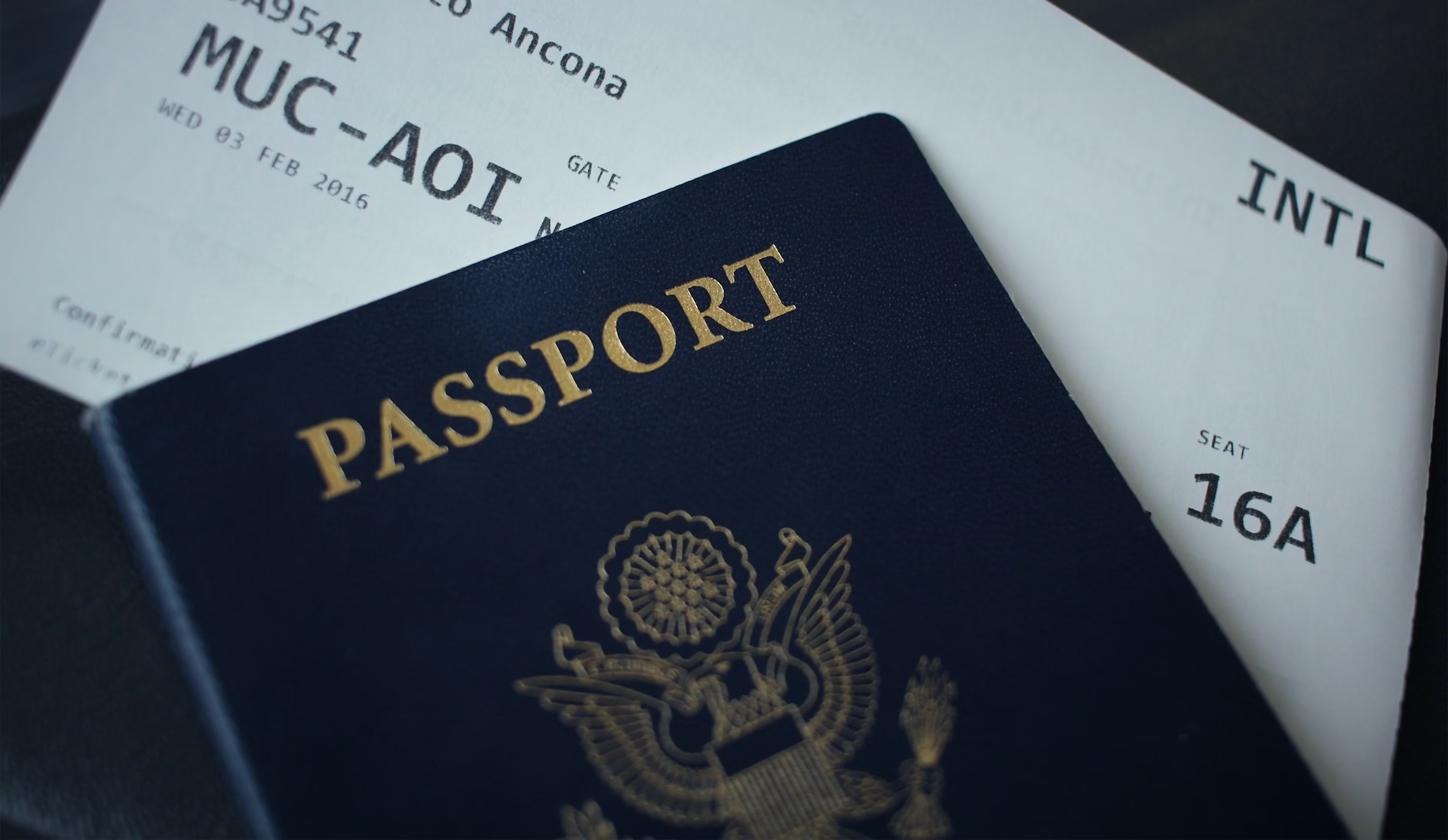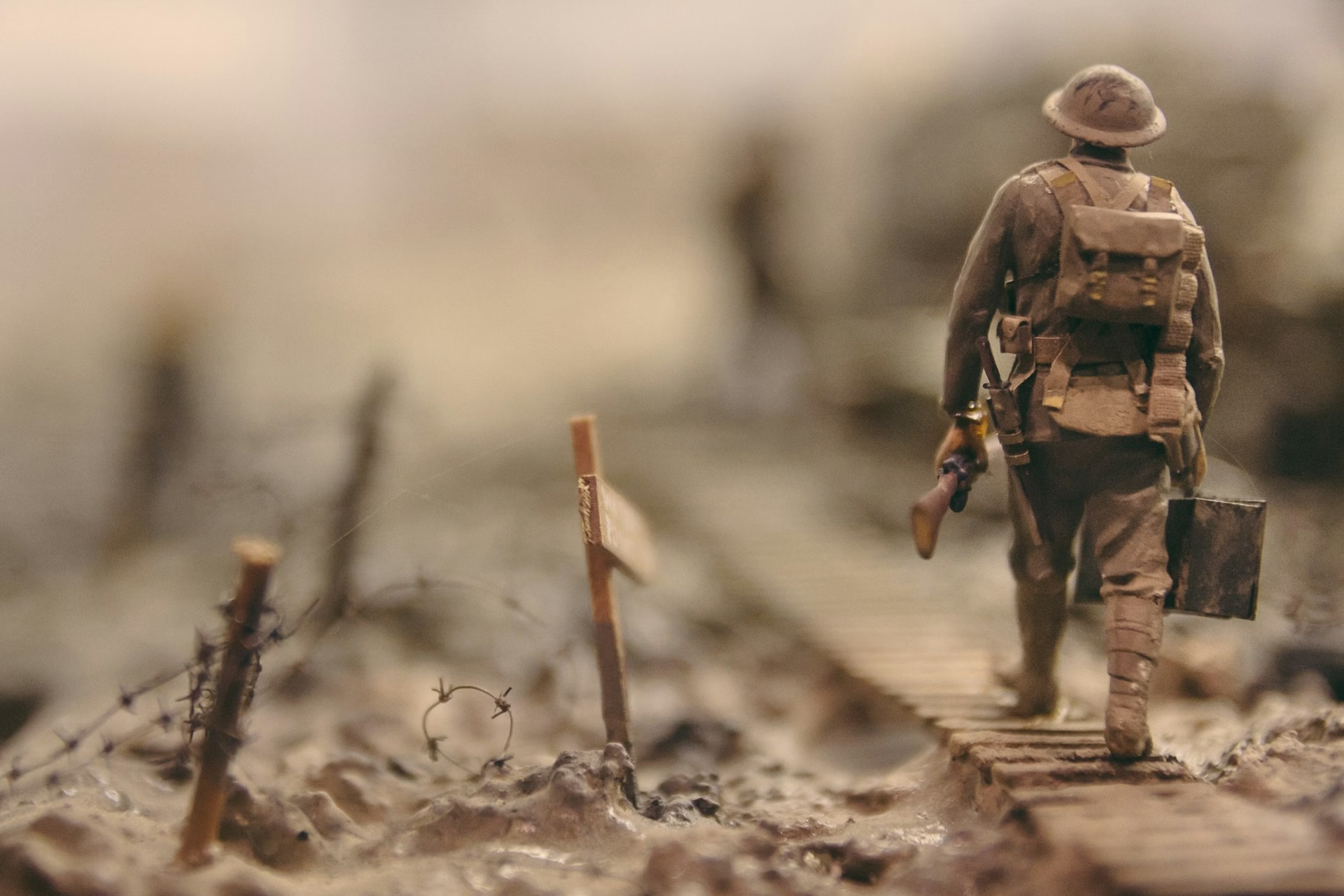“When you have to shoot, shoot. Don’t talk.” – Tuco, The Good, the Bad and the Ugly
Ah, the iconic words that perfectly capture the essence of Spaghetti Westerns—direct, unforgettable, and packing a serious punch.
Let me take you back to the summer of 2009. I was a fresh university graduate in Dhaka, still figuring out life before diving into my finance career. During a particularly sweltering power outage (a common occurrence in Bangladesh back then), my neighbor—an old history professor who’d studied in Italy during the 60s—invited a few of us over to watch something on his generator-powered TV.
“You’ve never seen anything like this,” he promised, sliding a DVD into the player.
The haunting whistle of Ennio Morricone’s theme filled the room as Clint Eastwood’s squinting gaze appeared on screen. For the next three hours, despite the heat and mosquitoes, none of us moved. The Good, the Bad and the Ugly wasn’t just a movie—it was a revelation.
“These aren’t American Westerns,” the professor explained afterward. “These are Italian—Spaghetti Westerns. They changed cinema forever.”
Thus began my obsession with this unique genre. Today, I’m sharing that passion with you through this definitive guide to the best Spaghetti Western films ever made.
What Makes a Western “Spaghetti”? The Delicious Ingredients of a Film Revolution
Before diving into the greatest hits, let’s understand what exactly makes a Spaghetti Western different from its American counterparts.
Spaghetti Westerns earned their quirky name because they were primarily directed and produced by Italians in the 1960s and 70s, often filming in southern Spain’s desert landscapes (which convincingly doubled for the American Southwest). Despite the somewhat dismissive nickname, these films revolutionized the Western genre and influenced filmmaking worldwide.
The key characteristics that define these iconic films include:
- Morally ambiguous heroes who were often bounty hunters, mercenaries, or outlaws—a far cry from the righteous cowboys of Hollywood Westerns
- Stylized violence that was more explicit and theatrical than American viewers were accustomed to
- Minimalist dialogue with an emphasis on visual storytelling
- Unforgettable musical scores (particularly by the legendary Ennio Morricone)
- Distinctive visual style featuring extreme close-ups of weathered faces, sweeping landscape shots, and innovative camera techniques
- International casts speaking various languages (later dubbed) giving these films a unique multinational flavor
These elements combined to create something entirely fresh—a reinvention of the Western that felt both familiar and revolutionary. The best Spaghetti Westerns weren’t just entertaining; they were art.
The Dollars Trilogy: Sergio Leone’s Masterpieces That Defined a Genre
No discussion of Spaghetti Westerns could begin anywhere except with Sergio Leone’s iconic “Dollars Trilogy” (also known as the “Man With No Name Trilogy”). These three films not only defined the genre but catapulted Clint Eastwood from TV actor to global superstar.
A Fistful of Dollars (1964)
The film that started it all. Leone’s unofficial remake of Akira Kurosawa’s Yojimbo introduced audiences to Eastwood’s laconic gunslinger who plays two rival gangs against each other in a dusty border town.
What makes this film revolutionary is the complete reinvention of the Western hero. Eastwood’s character (referred to as “Joe”) isn’t driven by justice or honor—he’s out for profit. Yet there’s something compelling about his particular code of ethics that makes you root for him despite his questionable morality.
The film’s visual language—those extreme close-ups of squinting eyes and grimacing mouths—creates a unique tension that would become Leone’s signature style. And Morricone’s music… well, it simply redefined what a film score could be.
For a Few Dollars More (1965)
The sequel improved on the original in every way, introducing Lee Van Cleef as Colonel Douglas Mortimer, a bounty hunter who forms an uneasy alliance with Eastwood’s character (now called “Manco”) to track down the sadistic outlaw El Indio.
What elevates this film is the complex relationship between the two hunters and their prey. The pocket watch motif and Morricone’s accompanying musical theme create an emotional depth that was rare in Westerns of any kind. The final three-way standoff in the town plaza remains one of cinema’s most perfectly executed sequences.
The Good, the Bad and the Ugly (1966)
Leone’s epic masterpiece follows three gunslingers—Eastwood’s “Blondie” (the Good), Van Cleef’s Angel Eyes (the Bad), and Eli Wallach’s Tuco (the Ugly)—searching for buried Confederate gold against the backdrop of the Civil War.
Everything about this film is monumental—its 178-minute runtime, its sweeping vistas, its iconic musical score, and most of all, its perfectly orchestrated climactic three-way standoff in a circular cemetery. This scene alone, with its rapid cutting between extreme close-ups of eyes, hands hovering over guns, and Morricone’s escalating score, has been endlessly imitated but never equaled.
Fun fact: during my review of financial records for an audit client who owned a cinema chain, I discovered that this film was still generating noticeable revenue from special screenings almost 50 years after its release—proof of its enduring commercial appeal!
Beyond Leone: Other Essential Spaghetti Western Masterpieces
While Leone’s works are the most famous, the genre produced numerous other classics worth your attention:
Django (1966)
Director Sergio Corbucci created one of the genre’s most iconic characters in Django, a mysterious drifter who drags a coffin containing a machine gun. Played by Franco Nero, Django is a revenge tale darker and more violent than even Leone’s films.
The film’s opening sequence—Django dragging his coffin through mud while the haunting title song plays—is unforgettable. So influential was this character that he inspired over 30 unofficial sequels and Quentin Tarantino’s Django Unchained.
When I showed this to friends at my Dhaka apartment during a film night, one friend was so impressed by the coffin reveal that he spilled his drink all over my carpet. Worth it.
The Great Silence (1968)
Another Corbucci masterpiece, but one that subverts every Western convention. Set in the snow-covered mountains of Utah (rather than the typical desert), it features a mute gunslinger (Jean-Louis Trintignant) protecting a community from ruthless bounty hunters led by the sadistic Loco (Klaus Kinski).
What makes this film extraordinary isn’t just its unique snowy setting but its shocking ending that defies Hollywood conventions. It’s a bleak, nihilistic film that illustrates how Spaghetti Westerns weren’t afraid to challenge audience expectations.
Once Upon a Time in the West (1968)
After completing the Dollars Trilogy, Leone crafted this epic masterpiece starring Charles Bronson, Henry Fonda (playing against type as a cold-blooded killer), Jason Robards, and Claudia Cardinale.
The film opens with a 14-minute sequence at a train station with almost no dialogue—just creaking windmills, buzzing flies, and dripping water creating unbearable tension before erupting in violence. It’s a master class in visual storytelling.
The themes here are more mature—addressing the encroachment of civilization on the frontier and the death of the Old West. Many critics consider this Leone’s finest work, even surpassing the Dollars Trilogy.
The Big Gundown (1966)
Directed by Sergio Sollima and starring Lee Van Cleef as a bounty hunter pursuing a Mexican peasant accused of rape and murder (Tomas Milian), this film stands out for its political undertones and social commentary—elements that became more prominent in later Spaghetti Westerns.
The cat-and-mouse game between Van Cleef and Milian is riveting, and Morricone’s score (particularly the main theme) ranks among his best. If you’ve only seen the Dollars films, The Big Gundown offers a different perspective on the genre’s capabilities.
A Bullet for the General (1967)
Directed by Damiano Damiani, this film belongs to the “Zapata Western” subgenre, which focused on Mexican Revolution themes. Klaus Kinski and Gian Maria Volonté deliver fantastic performances in this politically charged tale that uses the Western format to explore revolutionary ideals.
These “Zapata Westerns” showed how the genre could address complex political themes while still delivering the action audiences expected—proving that entertainment and substance weren’t mutually exclusive.
The Musical Magic: How Ennio Morricone Revolutionized Film Scores
No discussion of Spaghetti Westerns would be complete without acknowledging the revolutionary impact of Ennio Morricone’s musical scores. Before Morricone, Western film music typically featured orchestral arrangements with predictable frontier themes. The Italian composer shattered these conventions.
Morricone incorporated:
- Whistling
- Electric guitars
- Gunshots and whip cracks
- Vocal harmonies
- Church bells
- Coyote howls
- Trumpets
- Jew’s harps
The resulting soundscapes were unlike anything cinema had heard before. His themes didn’t just accompany the action—they became characters themselves, integral to the storytelling.
I remember spending countless hours trying to whistle the theme from The Good, the Bad and the Ugly perfectly during my university days. I never quite mastered it, but my accounting textbooks certainly heard many attempts!
You can find Morricone’s influential Western soundtracks on Amazon Music or most streaming platforms. Trust me—even outside the context of the films, this music stands as some of the most innovative composition of the 20th century.
The Legacy: How Spaghetti Westerns Changed Cinema Forever
These Italian-made Westerns didn’t just revitalize a genre—they fundamentally altered the grammar of filmmaking. Their influence extends far beyond Westerns, touching everything from action films to arthouse cinema.
Directors Influenced by Spaghetti Westerns
- Quentin Tarantino: His films borrow heavily from Leone’s visual style and use of music. Kill Bill, Django Unchained, and The Hateful Eight are explicit homages.
- Robert Rodriguez: Films like El Mariachi and Once Upon a Time in Mexico translate Spaghetti Western aesthetics to modern settings.
- Takashi Miike: The Japanese director’s Sukiyaki Western Django directly references the genre.
- Even modern TV shows like Breaking Bad and Westworld feature visual compositions and narrative themes drawn directly from these Italian classics.
As someone whose professional work requires attention to influence and attribution (whether in financial statements or content creation), I find it fascinating how thoroughly these Italian filmmakers’ DNA has been integrated into global cinema language.
Watching Spaghetti Westerns in the 21st Century: Where to Begin
If you’re new to the genre and feeling overwhelmed, here’s my recommended viewing order:
- Start with A Fistful of Dollars to see where it all began
- Move to The Good, the Bad and the Ugly (yes, skipping ahead in the trilogy) for the definitive experience
- Try Django to see how the genre expanded beyond Leone
- Watch Once Upon a Time in the West to experience the genre at its most ambitious
- Explore The Great Silence to see how directors subverted the very conventions they created
Many of these films have received beautiful restorations in recent years, available on Amazon Prime Video or specialized streaming services like The Criterion Channel.
Pro tip: While dubbed versions were standard for years, modern releases often off




Leave a Reply